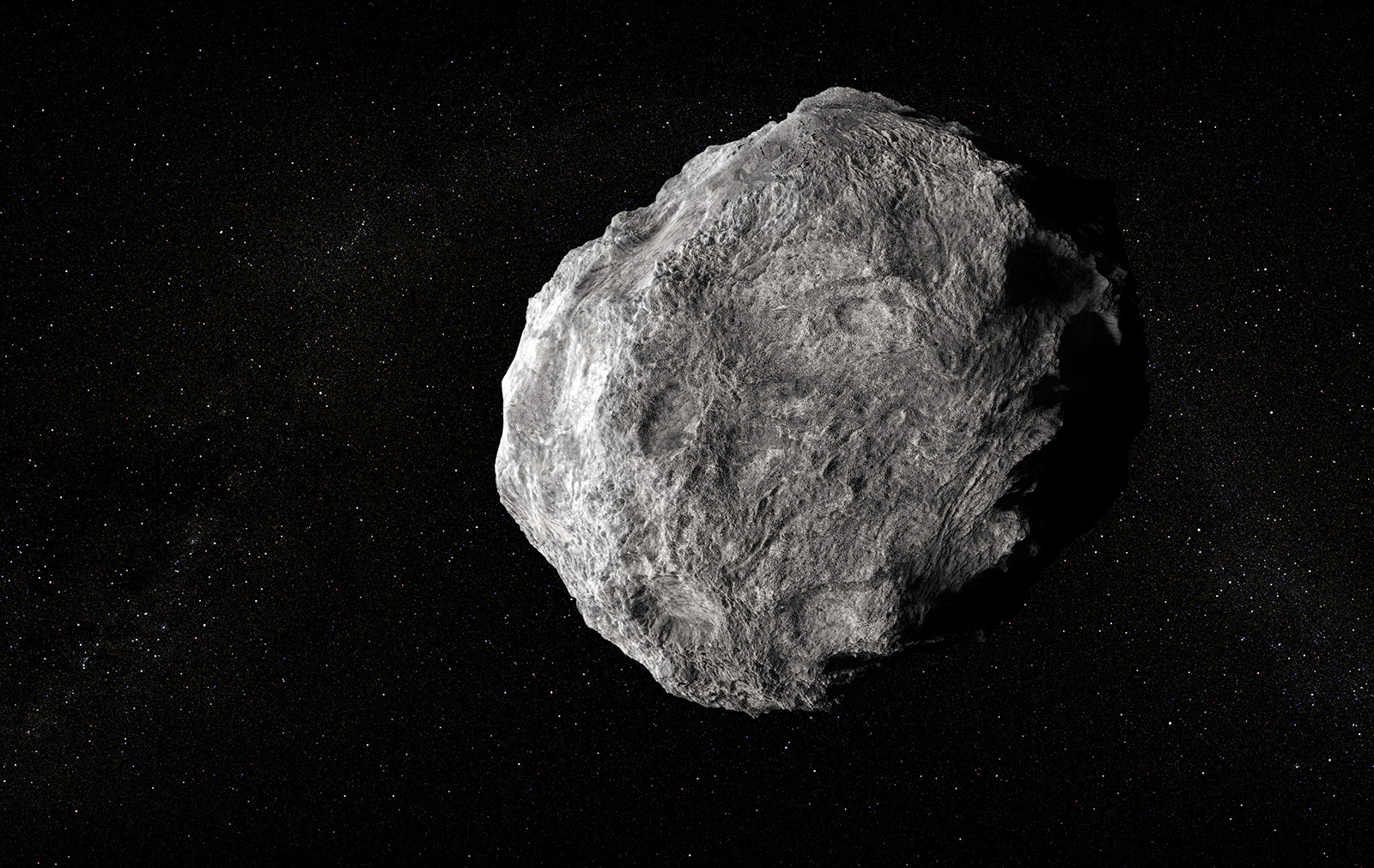A bus-sized asteroid passed within just 56,000 miles of the Earth on Thursday. Astronomers had never seen the asteroid, now known as 2022 NF, before. When it passed by the Earth, it was roughly 23 percent of the distance between the Earth and the Moon.
A bus-sized asteroid just breezed past the Earth

Astronomers identified the bus-sized asteroid on July 4 using the Panoramic Survey Telescope and Rapid Response System (Pan-STARRS). The telescope and camera system is based in Hawaii and has become one of the primary ways that scientists detect near-Earth objects or NEOs.
While it passed closer to the Earth than most other NEOs we’ve seen as of late, asteroid NF 2022 isn’t considered a potentially hazardous asteroid. That’s because this asteroid is only between 18 and 41 feet wide (5.5 to 12.5 meters) at its longest points.
Normally, potentially hazardous asteroids must measure at least 460 feet (140 meters) long. They also must pass within 4.6 million miles of the Earth. Despite not being hazardous, NF 2022 was still a bus-sized asteroid. It wouldn’t be able to cause catastrophic levels of destruction, but it could still cause damage depending on where it impacted.
Hunting for asteroids

The possible threat that asteroids like NF 2022 can pose may not be high, but there are many out there that could cause catastrophic damage if they hit. In fact, astronomers have discovered multiple near-Earth objects capable of causing damage if they hit the Earth. While none of these have come close enough to hit, it is still a valid concern for many.
As such, many are already looking for ways to detect asteroids better. Some nations, like China, have proposed plans for asteroid detection systems. That would make identifying any bus-sized or larger asteroids much easier. Additionally, some space agencies are coming up with defensive measures we can take to divert any asteroids on a collision course with Earth.
For instance, NASA is working on its D.A.R.T. system, which is designed to help change the orbit track of asteroids. NASA is testing the system later this year. D.A.R.T. will require NASA to slam a spacecraft into the side of the asteroid in order to change its course by a small margin. That margin will then theoretically grow as the asteroid continues forward.
China also plans to make a similar system.








